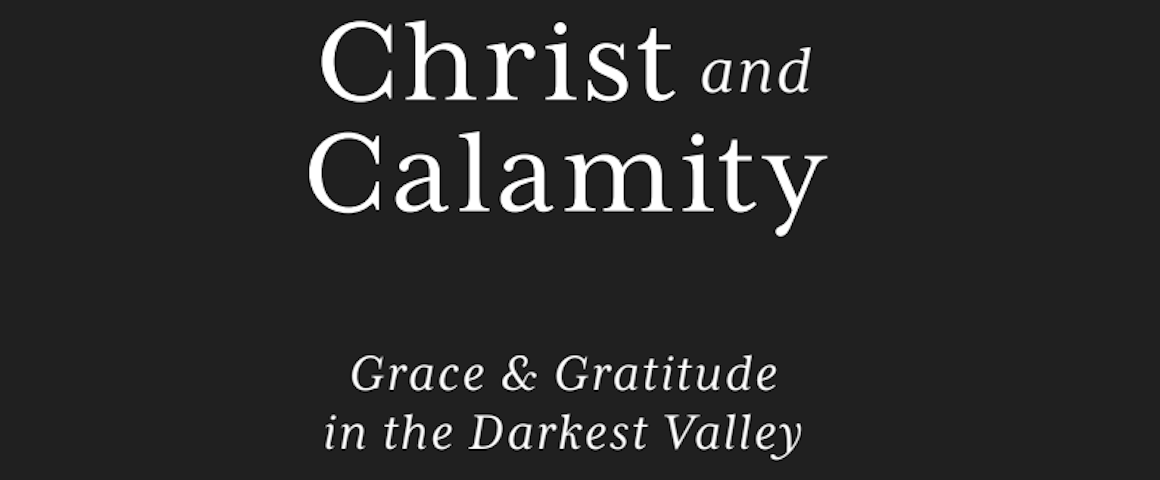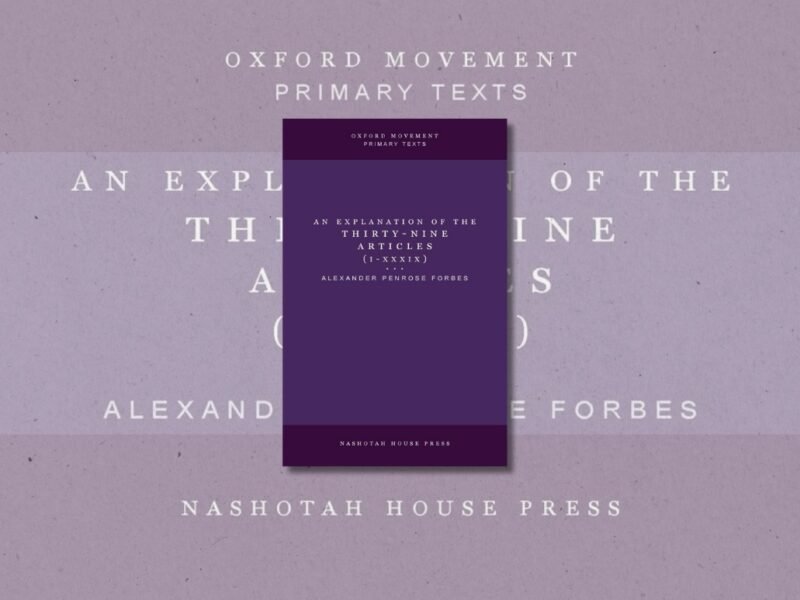Christ and Calamity: Grace & Gratitude in the Darkest Valley. By Harold L. Senkbeil. Bellingham, WA: Lexham (2020). 168 pp. (plus x). $9.99 (paper). $0.99 (Kindle).
In the midst of the uncertain times in which we live due to the COVID-19 global pandemic, Harold Senkbeil’s Christ and Calamity: Grace and Gratitude in the Darkest Valley speaks Gospel truths of which every Christian needs to be reminded. Harold Seinkbeil is a Lutheran pastor who is the executive director of DOXOLOGY: The Lutheran Center for Spiritual Care. Though a quick read at only 148 pages, Seinkbeil manages to be thorough in detailing how Christ is present at all times, even and especially during a calamity.
While COVID-19 is his springboard, the book is applicable to any trial or problem one may face in life. When all is going well, we tend to have the view that we are in control but the pandemic shows us a truth: calamity is a part of life on earth. We live in a fallen world where disasters and tragedies are inevitable. That is where we need to rely on Christ.
Senkbeil begins by focusing on how Christ is our faithfulness, even when we are faithless. Faith is not an emotion, it is reliance on God and His word and, therefore, it is perfectly normal for our faith to fluctuate. God is always near and faithful even when we do not feel Him. The remainder of the book details the different ways Christ is present in different aspects of calamity. He is our advocate, our comfort, our King, our strength, our joy, our light, our life, our victory, and is present with us.
When things go wrong, according to Senkebil, we should practice lament instead of complaining. To lament is an exercise of faith. The Psalter is replete with examples of this. The psalmist cries out to God on numerous occasions through different kinds of situations. To follow Christ is to bear our cross, meaning as Christians we live by dying to ourselves even though it may bring suffering and loss. Senkbeil also differentiates between happiness and joy. Happiness is strictly an emotion and depends on circumstances. Joy, however, is contentment rooted in the promises of God that is constant despite outward circumstances.
His chapter on dying is especially done well as he addresses our culture’s phobia of death. While death is an enemy, he reminds us that Christ has already overcome death and won the victory (cf. 1 Cor 15). In baptism, we have already died to sin and death and share in the life in Christ (Rom 6).
The book’s focus is on individual suffering. A more explicit discussion on focusing outward to see and pray for the suffering of the larger Church and the world, which not only benefits the individual but also provides perspective on personal, individual suffering would have been a helpful addition. Especially during COVID-19, there is an opportunity for us to be the hands and feet of Christ by coming together as the Church to support each other and our larger communities. This brings to mind the Great Litany in The Book of Common Prayer, an extensive prayer that covers personal needs and those of the Church and the world. It is excellent to pray anytime, but especially in a time like ours. The book does end with a set of prayers and readings very similar to what one would find in The Book of Common Prayer. This would be beneficial to those who may not be familiar with the Daily Offices. For those who are, the Prayer Book offers a more complete prayer system. Structured prayers can help us in times of turmoil when we cannot find the words to say on our own. Overall, this is an excellent book for anyone going through any sort of trial but can be a comfort to us all in the uncertain times of the COVID-19 pandemic.







'Book Review: Christ and Calamity by Harold L. Senkbeil' has no comments
Be the first to comment this post!